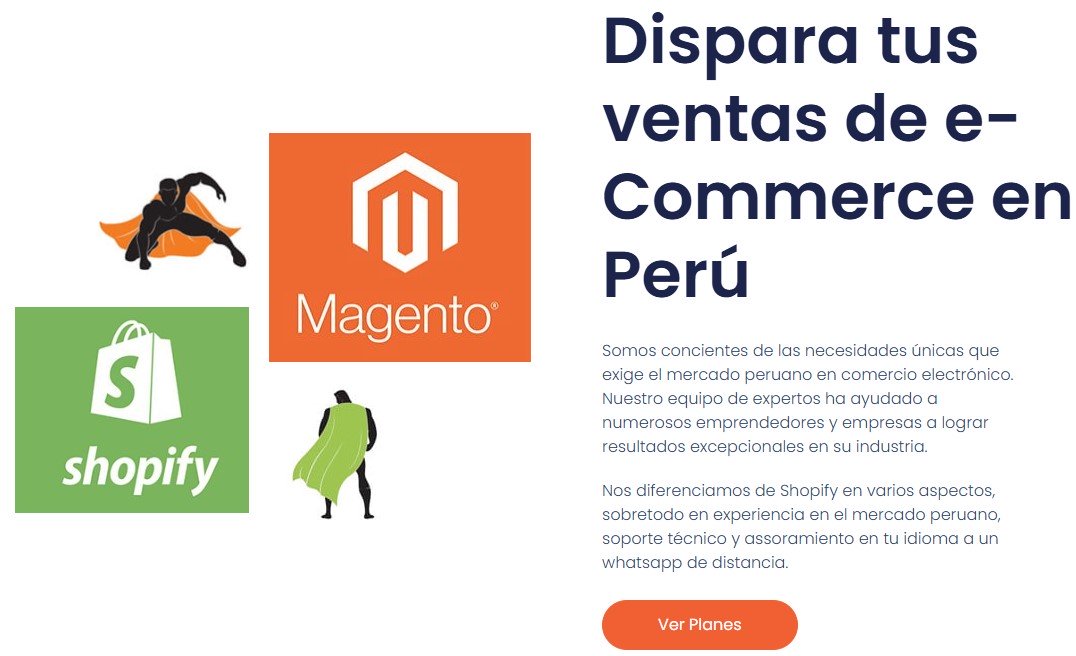
Breaking Barriers: Unveiling the World of Digital Entrepreneurship Seedbeds
Introduction:
In this day and age, the rapid evolution of technology has paved the way for countless opportunities in various sectors. One aspect that has witnessed a significant surge is the realm of digital entrepreneurship. Entrepreneurs are capitalizing on digital platforms to cultivate innovative ideas and transform them into lucrative businesses. However, embarking on this journey alone can be daunting. It is in this context that the concept of digital entrepreneurship seedbeds, known as «semilleros de emprendimiento digital» in Spanish, has emerged to provide budding entrepreneurs with the necessary guidance and support. So, what exactly are these seedbeds, and how do they operate? Let’s explore the fascinating world of digital entrepreneurship seedbeds.
Understanding Digital Entrepreneurship Seedbeds:
Digital entrepreneurship seedbeds are innovative programs or spaces that foster the growth and development of digital startups and projects. These seedbeds aim to create an ecosystem where entrepreneurs can refine their ideas, receive valuable mentorship, access resources, and establish connections with potential investors or collaborators. By providing a nurturing environment, these seedbeds enhance the chances of success for emerging businesses.
How do Digital Entrepreneurship Seedbeds Function?
Digital entrepreneurship seedbeds function as facilitators, ensuring that startups have access to the necessary tools, knowledge, and connections to transform their ideas into thriving businesses. Typically, these seedbeds operate through various stages:
1. Application and Selection: Entrepreneurs interested in joining a seedbed must go through a rigorous application process. This typically involves submitting a detailed business plan, outlining their ideas, target market, revenue model, and competitive advantage. Selection committees will evaluate the applications and select the most promising ventures.
2. Incubation: Once selected, entrepreneurs gain access to a multitude of benefits. They are provided with physical workspaces, cutting-edge technology, and resources required to develop and refine their concepts. Additionally, incubatees receive mentorship from industry experts, experienced entrepreneurs, and specialists in various fields.
3. Networking and Collaboration: Seedbeds often organize events, workshops, and networking sessions where entrepreneurs can interact with like-minded individuals, potential investors, and professionals from the industry. Collaborations and partnerships between startups and established organizations may also occur, providing opportunities for growth and exposure.
4. Funding and Investment: Seedbeds play a crucial role in connecting entrepreneurs with investors who may be interested in their projects. They facilitate interactions and ensure that startups receive seed funding or venture capital to kickstart their enterprises.
5. Graduation and Continuous Support: Once the startup has matured and achieved its goals, it graduates from the seedbed. However, the support does not end there. Many seedbeds continue to provide post-incubation support, allowing graduates to sustain and scale their businesses efficiently.
Frequently Asked Questions:
1. Are digital entrepreneurship seedbeds suitable for all types of businesses?
Digital entrepreneurship seedbeds primarily focus on startups with a digital component. This includes businesses operating within the realms of e-commerce, software development, digital marketing, and other technology-driven sectors.
2. Can solo entrepreneurs or only teams apply to seedbeds?
Both solo entrepreneurs and teams can apply for seedbed programs. However, teams often have an advantage due to the broader range of skills they bring to the table.
3. Are seedbeds only limited to specific locations or regions?
Seedbeds exist in various locations, from major cities to remote areas. Many seedbeds are connected to educational institutions or public-private partnerships, ensuring accessibility to entrepreneurs across different regions.
4. How long does the incubation period typically last?
The incubation period depends on the seedbed and the nature of the business. It can range from a few months to a couple of years.
5. Are seedbeds free?
Seedbeds may charge a fee or require an equity stake in the startup in exchange for the services and resources provided. However, different seedbeds have varying financial models, including some that offer free services.
Conclusion:
Digital entrepreneurship seedbeds have emerged as a game-changer for aspiring entrepreneurs in the digital realm. By offering the necessary resources, mentorship, and connections, these seedbeds provide a foundation for budding businesses to thrive. From nurturing innovative ideas to securing funding, these programs play a pivotal role in overcoming the barriers faced by digital entrepreneurs. If you are seeking to embark on a digital entrepreneurial journey, joining a seedbed might just be the catalyst you need to launch yourself into the realm of endless possibilities.


















